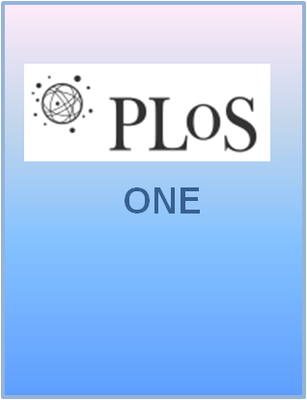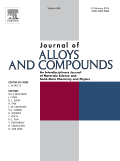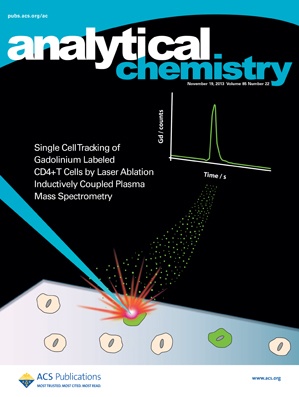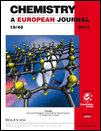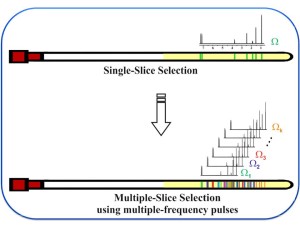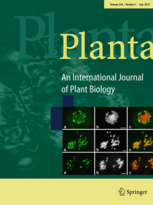“Drought enhances folivory by shifting foliar metabolomes in Quercus ilex trees”
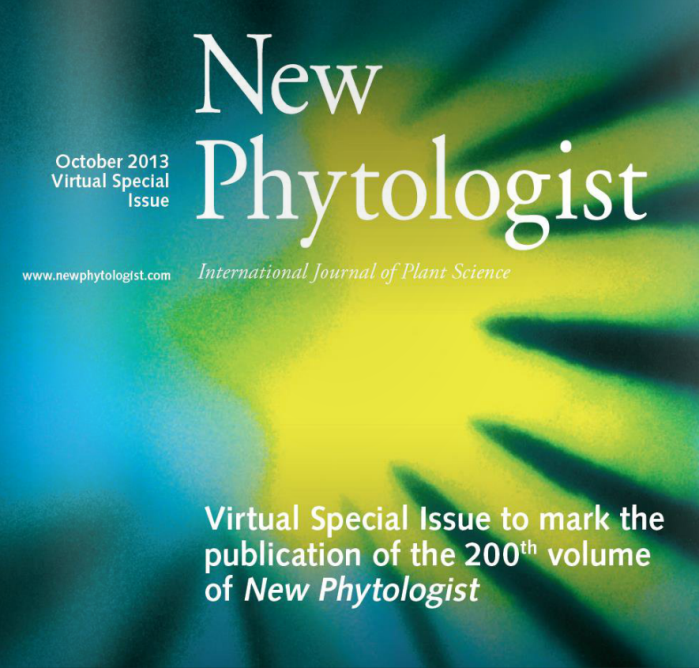 Albert Rivas-Ubach, Albert Gargallo-Garriga, Jordi Sardans, Michal Oravec, Laia Mateu Castell, Míriam Pérez-Trujillo,Teodor Parella, Romà Ogaya, Otmar Urban and Josep Peñuelas. January 2014. New Phytologist DOI: 10.1111/nph.12687
Albert Rivas-Ubach, Albert Gargallo-Garriga, Jordi Sardans, Michal Oravec, Laia Mateu Castell, Míriam Pérez-Trujillo,Teodor Parella, Romà Ogaya, Otmar Urban and Josep Peñuelas. January 2014. New Phytologist DOI: 10.1111/nph.12687
Plants respond to external environmental conditions such as drought or to the seasonal changes by shifting the foliar C:N:P:K stoichiometry and metabolome. Continue reading Drought enhances folivory by shifting foliar metabolomes in Quercus ilex trees
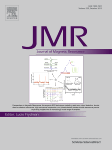 “Straightforward measurement of individual 1J(CH) and 2J(HH) in diastereotopic CH2 groups” by Josep Saurí, Laura Castañar,
“Straightforward measurement of individual 1J(CH) and 2J(HH) in diastereotopic CH2 groups” by Josep Saurí, Laura Castañar, 